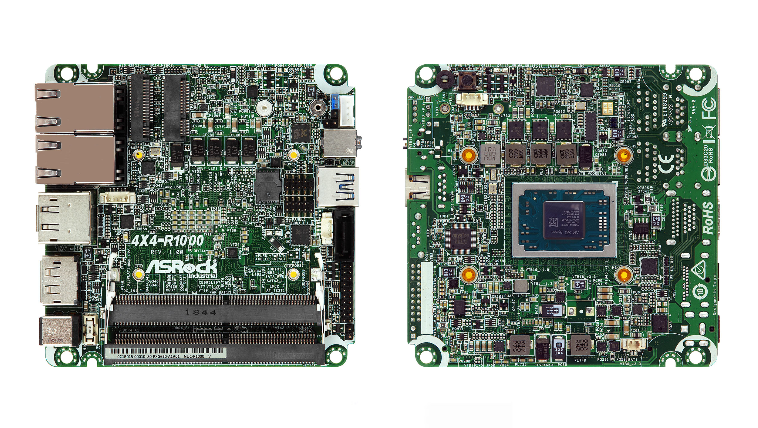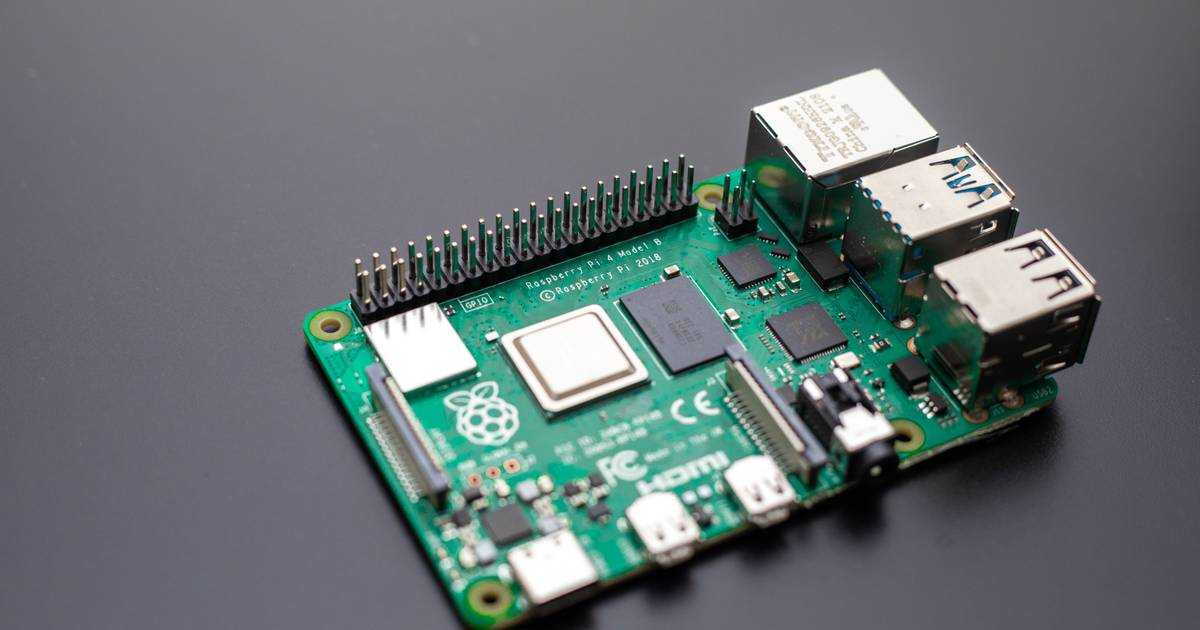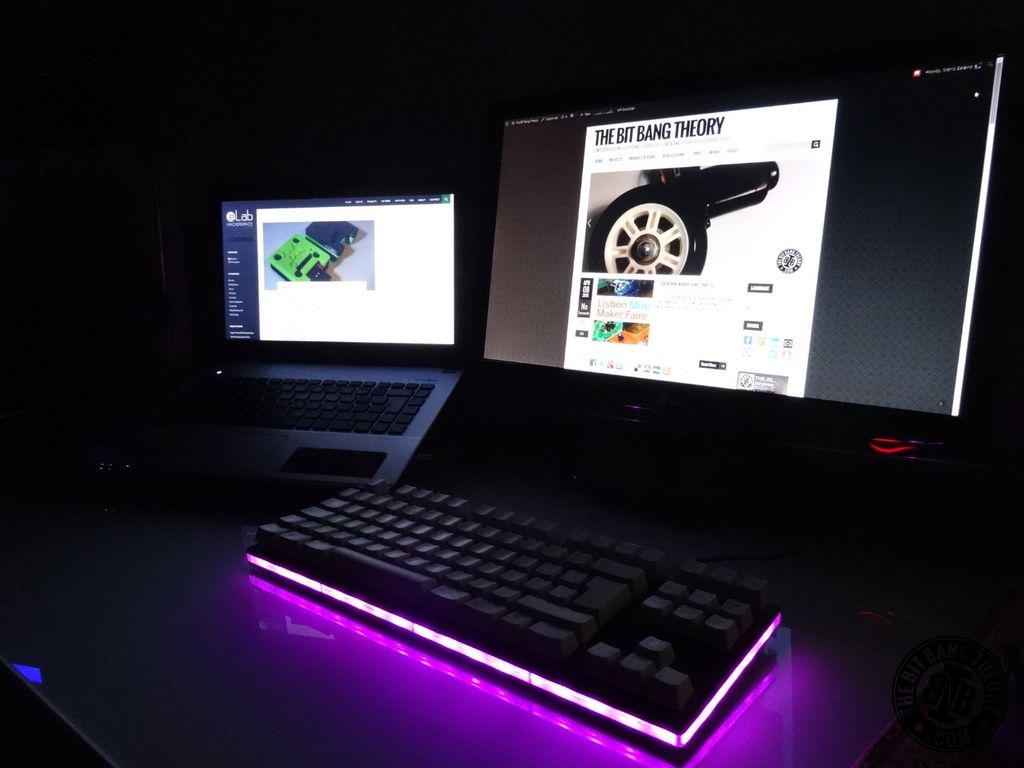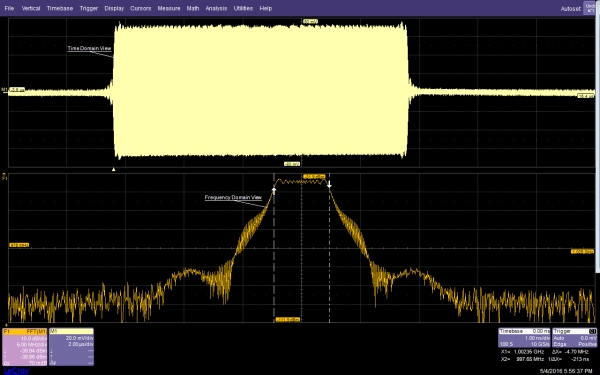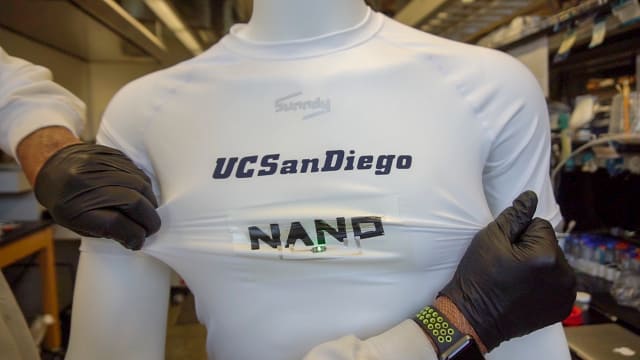
Over the years, streaming media has been gaining traction, whether it be live broadcasts of events or the use of drone technology for various applications. However, achieving low latency whilst streaming becomes challenging when it comes to actual live streaming in real time. Furthermore, 4K video delivery with ultra low latency requires a highly reliable codec mechanism to optimize end-to-end video delivery.
What is Ultra Low Latency Video Streaming?
Ultra low latency (ULL) streaming is a technology designed to minimize the delay between the content creation and its delivery to end-users. In the context of live streaming, low latency is crucial to ensure real-time interaction and engagement, as delays can hinder the viewer experience, particularly in scenarios where real-time communication is essential.
How low is ultra low latency?
A good low latency is usually 15 seconds to milliseconds. Ultra low latency streaming operates with less than a one-second delay, i.e. milliseconds or even less, ensuring seamless and perfectly synchronized video playback for viewers. As a result, you get
- Better synchronization of live events
- Enhanced use experience with less buffering time
- Competitive advantage in industries that require split-second decision-making
Key Components of ULL Streamer Solution
- Video Interfaces: ULL streamers boast high-end video interfaces such as 12G-SDI, HDMI2.0, and DP1.2, supporting resolutions up to 4K at 60fps. This ensures the transmission of high-quality visuals with exceptional clarity and detail.
- High-Speed Connectivity: With dual Gigabit Ethernet connectivity, ULL streamers establish high-speed connections, facilitating swift and reliable data transfer. This is essential for maintaining low latency and ensuring a smooth streaming experience.
- Storage and Recording Options: ULL streamers offer flexibility in content handling, allowing users to live stream or record directly to M.2 SSD or USB storage. This capability ensures that content creators can choose the most suitable method for their specific requirements.
- Advanced Video Encoding: Equipped with HEVC (H.265) and AVC (H.264) encoders and decoders, ULL streamers enable compressing and decompressing video streams simultaneously at resolutions of up to 3840×2160 pixels at 60fps.
- Multi Video Streaming Protocol Support: ULL streamers support a range of video streaming protocols such as RTMP, and UDP/RTP, enhancing compatibility and facilitating seamless integration with various streaming platforms and devices.
- AES Encryption/Decryption: Security is paramount in live streaming. ULL streamers feature AES encryption and decryption capabilities, ensuring secure broadcasting and protecting content from unauthorized access.
- User Controllable via Web Browser: ULL streamers offer user-friendly control interfaces accessible via web browsers, providing a convenient and intuitive way for users to manage and customize their streaming settings.
- Live Streaming Platform Compatibility: ULL streamers seamlessly integrate with popular live streaming platforms such as YouTube and Wowza, offering users the flexibility to choose their preferred broadcasting channels.
- Low Latency Performance Metrics: ULL streamers excel in reducing latency throughout the streaming process. Capture, encode, and transmitting side latency is minimized to 11 milliseconds, while receive, decode, and display latency is an impressive 9 milliseconds.
How it Works?
The ULL Streamer Encoder and Decoder system stands as a cutting-edge solution, seamlessly managing the intricate process of processing and transmitting raw video data from the source to the end user.
At the onset, the ULL Streamer receives raw video data from sources like a camera or laptop via interfaces like 12G SDI or HDMI 2.0. To enhance the integrity and confidentiality of the transmitted data, the raw video undergoes AES encryption. The encrypted video data is then transmitted via Ethernet, providing a reliable and scalable means of communication. This step facilitates the efficient transfer of video data to the display stage of the system, much like how UK betting sites not on Gamstop ensure a seamless and secure betting experience for users, bypassing certain restrictions while maintaining user data protection.
The transmitted video can be displayed in popular live streaming platforms like Youtube/Wowza using RTMP protocol or on a display monitor using the UDP/RTP protocol via another ULL streamer dedicated to decoding the video data for display.
The ULL Streamer Decoder decodes the encrypted video data, restoring it to its original format for display. The decoded video is then presented on a monitor through various output interfaces, including SDI, HDMI, or DP. This ensures flexibility and compatibility with different types of display devices.
ULL Video Streaming Solution and How to Pick the Right Fit
When choosing a ULL Streamer, various factors should be considered, such as the nature of the client and the end application.
- Less than 1 second’s latency
Ultra low latency solutions typically target delays in the milliseconds range. Understanding your specific latency requirements is crucial for selecting the right solution. - Video codec to optimize end-to-end latency
ULL solutions should use high-quality codecs (like HEVC (H.264)/AVC (H.265)) which can significantly impact the overall video quality and transmission speed. - Simple to set up and use
User-friendly interfaces and control setup process to make the implementation more accessible for users with varying levels of technical expertise. - Device and platform compatibility
Opt for a streaming solution that seamlessly supports multiple display interfaces (SDI, HDMI, DP) and video protocols (RTMP, UDP/RTP). This ensures adaptability to diverse setups and streaming scenarios. - Security mechanism
It should support encryption and secure transmission protocols to help protect video streams from unauthorized access and tampering.
ULL Video Streamer and Use Cases
Let us try to understand how these cutting-edge solutions are reshaping the landscape of real-time content delivery, providing users with an unparalleled streaming experience.
- Live sports broadcasting
Live sports events demand low latency to provide viewers with an immersive and real-time experience. ULL streamers enable sports broadcasters to deliver high-quality content with minimal delay, ensuring fans receive updates and highlights in near real-time. - Concerts and Live Events
Event organizers leverage ULL streamers to broadcast live performances with minimal latency. This allows for virtual attendance, live fan interactions, and the creation of immersive online experiences for audiences around the globe. - Security and Surveillance
ULL streamers play a pivotal role in security and surveillance applications, ensuring real-time monitoring of public spaces and private facilities. Timely access to live video feeds enhances situational awareness and response capabilities. - Gaming and Esports
In the gaming industry, where split-second decisions matter, ULL streamers provide a competitive advantage. Gamers can share their gameplay with minimal delay, fostering a more interactive and immersive experience for both players and viewers. - Remote Collaboration and Webinars
ULL streaming is reshaping remote collaboration and webinar experiences. Real-time interactions, Q&A sessions, and instant feedback become seamless, transforming virtual meetings and webinars into engaging and participatory events. - Education and Learning
ULL streamers enhance the e-learning experience by enabling real-time interaction between educators and students. Virtual classrooms, live tutorials, and interactive educational content are made more effective with minimal latency.
For more information, please contact mktg@iwavesystems.com









